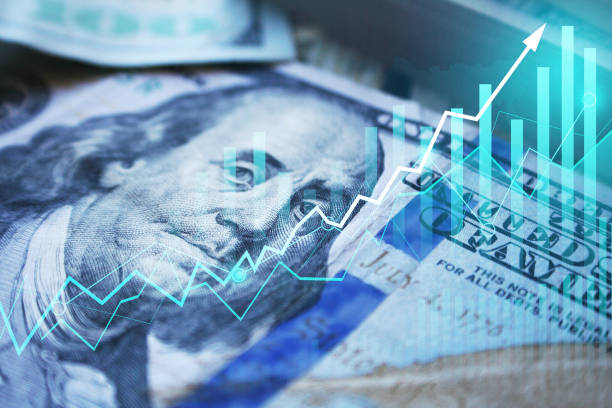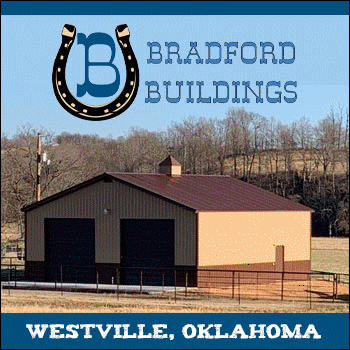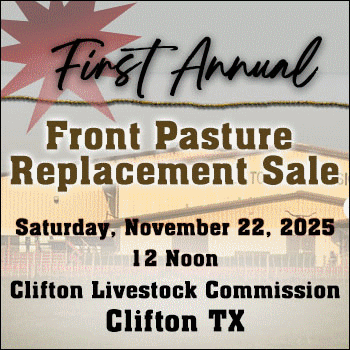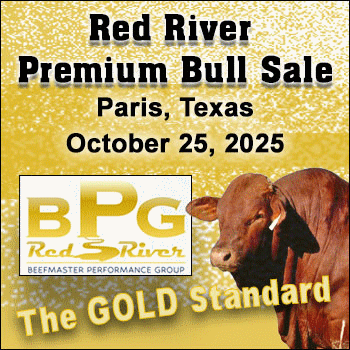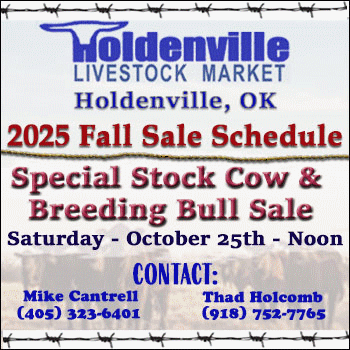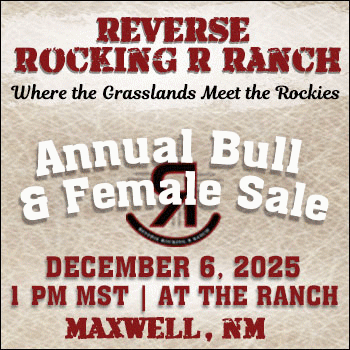The U.S. economy grew at a robust 3.3% annual pace in the fourth quarter, showcasing the economy’s remarkable vigor despite high interest rates and still-elevated inflation.
Economists polled by The Wall Street Journal had forecast a 2.0% rate of growth.
Although growth slowed from the third-quarter’s stunning 4.9% clip, the back-to-back readings were the strongest since 2014 if the sharp recovery after the pandemic is set aside.
Nor is there any evidence the economy is slowing further. The first indicators of the new year show an acceleration in growth in January.
Once again, steady consumer spending drove the increase in gross domestic product, the official scorecard for the economy. Outlays rose 2.8% in the fourth quarter.
Consumer spending accounts for about 70% of U.S. economic activity.
Business investment, the next largest stool of the economy, grew at a slower 2.1% rate following a double-digit increase, in percentage terms, in the prior quarter.
The change in the level of inventories rose by a smallish $5 billion, reflecting the slower production of goods. The level of inventories had risen more sharply in the fall ahead of the holiday-shopping season.
Americans have been spending more money on services such as leisure and recreation since the end of the pandemic. So manufacturers of goods have been treading water. The housing market has also suffered from high mortgage rates.
Government spending, meanwhile, rose more slowly after a big increase in the third quarter. Outlays still rose at a 3.3% rate, however.
Inflation rose at a mild 2.7% annual rate in the fourth quarter, down from 5.9% in the third quarter. That puts the rate of inflation fairly close to the Federal Reserve's 2% goal.
The core rate of PCE inflation, the Fed's preferred price measure, increased at a somewhat stiffer 3.2% annual pace in the fourth quarter.
Big picture:
While the slowing rate of inflation has pleased the Fed, the strength of the economy could give them some worries. Inflation might not slow toward the Fed's target unless the economy moderates a bit more, analysts say.
Still, the steady rate of growth suggests the U.S. is not on the cusp of recession, as many forecaster had once predicted.
